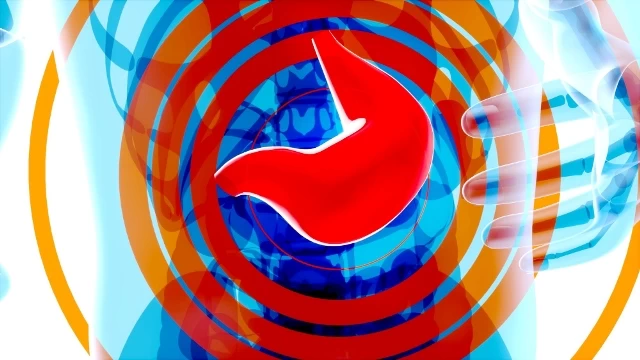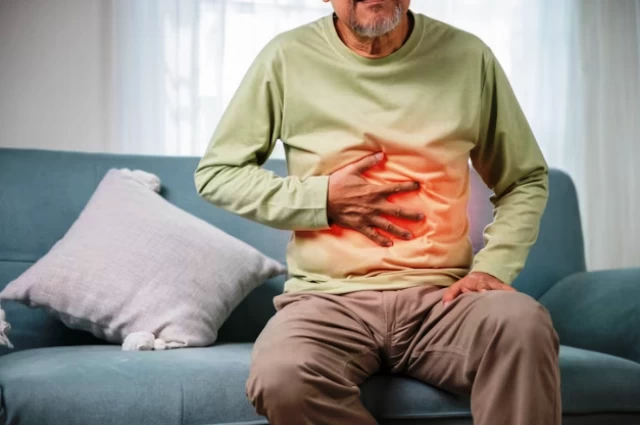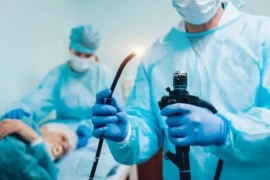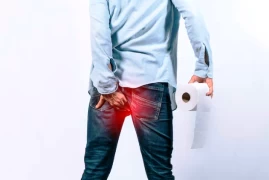
Gastroesophageal Reflux Disease - Part 2: Surgical Treatment Methods
- Gastroesophageal Reflux Disease - Part 2: Surgical Treatment Methods
- What Are the Treatment Methods for GERD?
- In conclusion…
We have all experienced symptoms such as heartburn, bitter taste in the mouth, and burning sensations in the throat or chest from time to time. However, when the severity and frequency of these symptoms increase, it is considered a condition that needs attention and medical treatment. In the first part of this two-part article, I discussed the causes, prevalence, and diagnosis of Gastroesophageal Reflux Disease (GERD). The second and final part focuses on surgical treatment methods.
What Are the Treatment Methods for GERD?
In the treatment of GERD, lifestyle changes, medications, and rarely surgical interventions are generally used. The treatment plan is personalized considering the severity and frequency of symptoms, the patient's overall health, and potential complications. Here are the main GERD treatment methods:
- Lifestyle Changes:
- Dietary Changes: Avoidance of acidic, spicy, and fatty foods is recommended. Meals should be consumed in small portions frequently. Eating should be avoided at least two hours before bedtime. Consumption of tea and coffee should also be limited.
- Elevating the Head While Sleeping: Elevating the head while sleeping can reduce the backflow of stomach contents into the esophagus. Keeping the head of the bed higher than the foot can be beneficial.
- Avoiding Smoking and Alcohol Consumption: Smoking and excessive alcohol consumption increase reflux.
- Medications:
- Proton Pump Inhibitors (PPIs): These drugs reduce the production of stomach acid, preventing the backflow of stomach contents into the esophagus. However, it's important not to use such medications without a doctor's recommendation, as stomach acid may not always be responsible for reflux, and uncontrolled reduction of stomach acid can lead to other health issues.
- H2 Blockers: These drugs reduce the release of stomach acid and should not be used without a doctor's recommendation.
- Antacids: Used for quick relief, but their effects are limited and provide short-term solutions.
- Prokinetic Drugs: These drugs can speed up gastric emptying, reducing reflux.
- Barrier-Forming Drugs: These drugs contain alginic acid and create a barrier similar to a layer of cream on top of stomach contents. They assist the lower esophageal sphincter and prevent stomach content from coming into contact with the esophagus wall even if reflux occurs.
- Surgical Treatment for GERD: While non-surgical treatment methods can achieve success in the short term, surgical intervention is the most effective and cost-effective treatment method in the long term. Surgical treatment aims to increase the pressure of the lower esophageal sphincter and correct the angle between the esophagus and stomach. The situations that require surgical treatment include:
- Patients who partially respond to medication but do not show complete recovery from reflux.
- Patients who do not want to use chronic medication due to side effects, lifestyle, cost, etc.
- Patients who do not respond well to treatment but have symptoms consistent with pH monitoring.
- Presence of complications such as bleeding, stricture, or advanced esophagitis despite treatment in the esophagus.
- A wide diaphragmatic opening (hiatus) around the esophagus encourages surgical treatment.

- Surgical Procedure (Fundoplication): In this laparoscopic (closed) procedure, the enlarged diaphragmatic opening through which the esophagus passes is closed with 1-2 stitches. To prevent reflux, the upper part of the stomach (fundus) is released and wrapped around the esophagus in a cuff style (usually 360 degrees). This reconstructs the angle between the esophagus and the stomach. The wrapping angle of the esophagus may vary depending on the technique. When the results of laparoscopic fundoplication are examined, it is found that symptoms such as heartburn and bitter taste in the mouth are relieved in over 90% of cases. Unwanted postoperative symptoms include 3.5% reflux, 2.55% difficulty swallowing, and 9.5% bloating. Early difficulty swallowing is generally temporary.
- Endoscopic Surgery (Transoral Incisionless Fundoplication - TIF): In this endoscopic procedure, a series of stitches are placed to prevent the stomach contents from entering the esophagus. Long-term results are still under investigation.
GERD treatment is generally designed to control symptoms, prevent esophageal damage, and improve quality of life. The treatment plan may vary based on an individual's symptoms and condition. Regular follow-up visits are important to assess the effectiveness of the treatment plan and make adjustments when necessary.
In conclusion…
In these two parts of my article, I discussed the causes, prevalence, diagnosis, and treatment methods of gastroesophageal reflux disease from the perspective of a general surgeon. However, it should be remembered that each patient is unique, and the treatment plan should be tailored to individual needs. Therefore, if you have symptoms or concerns, it is important to consult with a healthcare professional.
Wishing you healthy days…

Op. Dr. Sedat Ocak
General Surgeon





